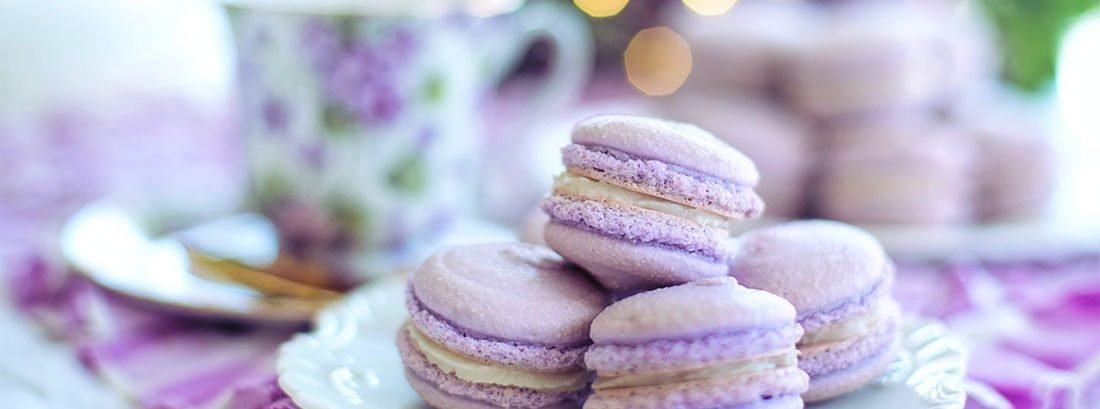Easter in Romania

This year we celebrated Easter at home with our families and tasted the delicious southern Romanian traditional dishes. In fact, we did a little more than just tasting the food, so now we struggle with those extra pounds we gained, a consequence of our mothers’ culinary talents, of course, but also of our reckless desire to taste all the dishes prepared by them.
Given that Easter is the most important celebration in Romania, we thought it was a good reason to tell you how the Romanians celebrate the resurrection of Jesus.
Easter Traditions
Preparations begin with Shrove Tuesday, the religious holiday that marks the beginning of Lent, which lasts for 40 days – during Lent, people will only eat foods based on vegetables, fruits, pasta, rice and, on certain days, fish.
A week before Easter Sunday, the Romanians celebrate Flower Day (Duminica Floriilor), also known as Flower Sunday or Palm Day. This celebration heralds the entry of Jesus the Savior in Jerusalem. People decorate their homes with branches of willow and celebrate relatives and friends who bear flower names. It is said that on Easter Sunday the weather will be the same as on Flower Day.
Thursday before Easter (Great Thursday) is the day when women paint boiled eggs. The significance of this tradition comes from the day when Jesus was crucified: it is believed that after he was crucified, the Virgin Mary sat at his feet with a basket full of eggs which were reddened from his blood.
Today, eggs are painteed in various colors or decorated with geometric shapes, flowers or other decorative patterns such as the vertical straight line (which, in Romanian folklore, symbolizes life), the horizontal line (symbolizing the death),or the spiral (the symbol of eternity).

During Great Friday, at noon, children bring flowers to church and pass underneath a table where, symbolically, the body of Jesus the Savior is lying.
Romanian Easter Meals
A traditional Romanian Easter meal includes boiled and painted eggs, cheese, various dishes made with lamb meat (such as drob, ciorbă and roasted lamb) and, of course, a nice glass of red wine.
Before they eat, each family member and guest sitting at the table holds a painted boiled egg in his/her hand. While one knocks its egg with the one of his/her neighbor saying “Christ resurrected!”, the latter responds “True, He resurrected!”.
For dessert we usually have cozonac (sweet bread) and pască (a combination of cozonac and cheese pie). The latter is our favorite, so we are pleased to share with you the recipe that our mothers have prepared this Easter.
How to Prepare Pască
The necessary ingredients to prepare the dough are: 500 g flour, 50 grams butter, 250 ml milk, 125 g sugar, 2 tablespoons cooking oil, 3 eggs, 250 grams of yeast, 1 teaspoon salt, 1 tablespoon rum or rum extract, 1 tablespoon vanilla extract and the zest from 1/2 lemon or orange. For the filling you will use: 1 kg cottage cheese, 3 tablespoons of smetana (sour cream), 200 gr powdered sugar, 5 eggs, 50 g butter, one tablespoon of semolina, a tablespoon of flour, one teaspoon of salt, 100g raisins, 2 tablespoons vanilla sugar, 1 teaspoon of rum extract and a pinch of lemon zest.

Preparation
The dough: melt the yeast in a cup of warm milk. Boil the remaining milk and mix it with 3-4 tablespoons of flour. After cooling mix them together and leave in a covered pot for 10-15 minutes. Meanwhile, mix the yolks from 3 eggs with salt and sugar and add them to the mixture you prepared earlier. Add the remaining ingredients and knead for about an hour and let it rest for another hour.
The filling: just mix all the ingredients mentioned above.
Use 3/4 of the dough to form a round sheet of about 0.5 cm thick and pour the filling over it. Using the rest of the dough, you can make various shapes (leaves, flowers) and add them on top. Use an extra beaten egg to brush the pască and bake in oven for about an hour.
Bon appetit!
Posted on: May 5, 2011
By Hannah
